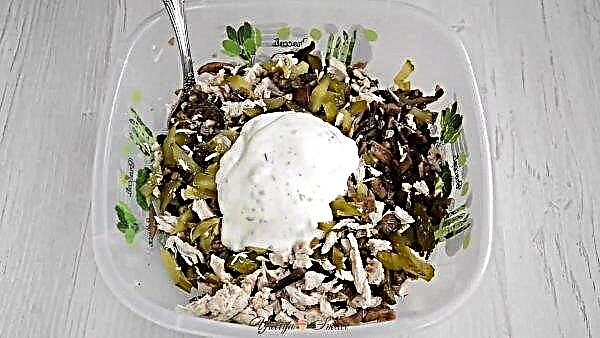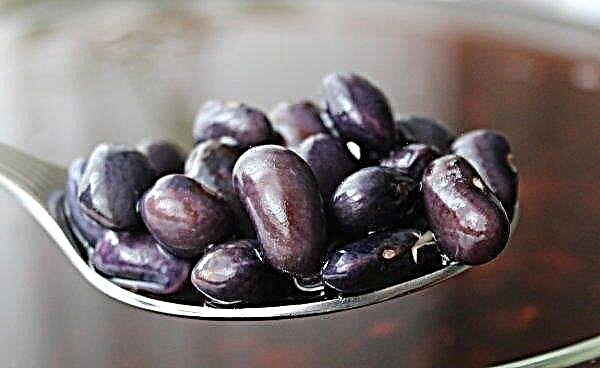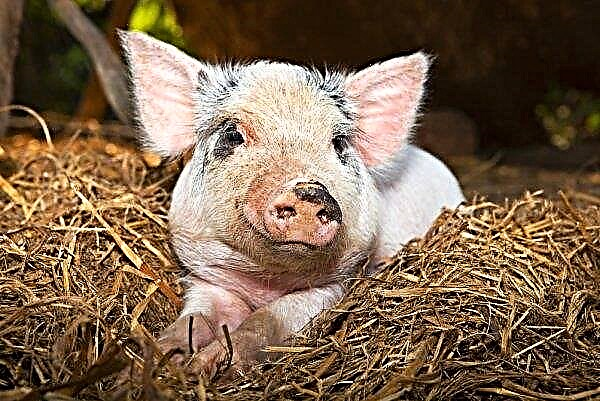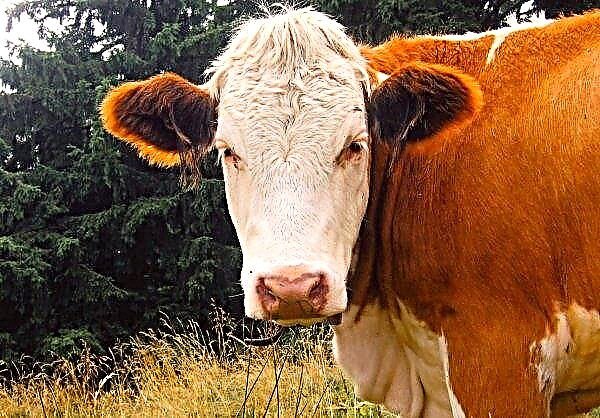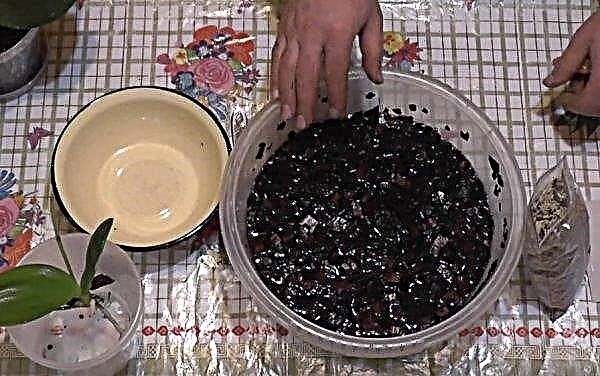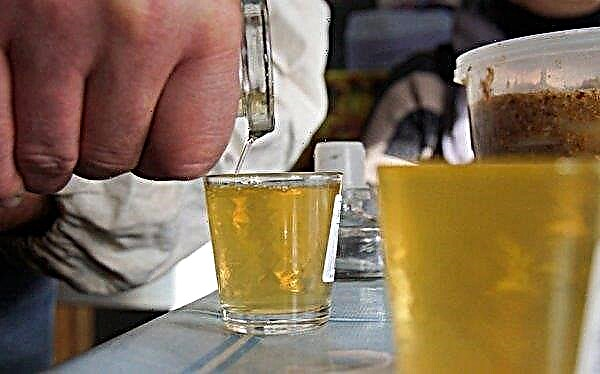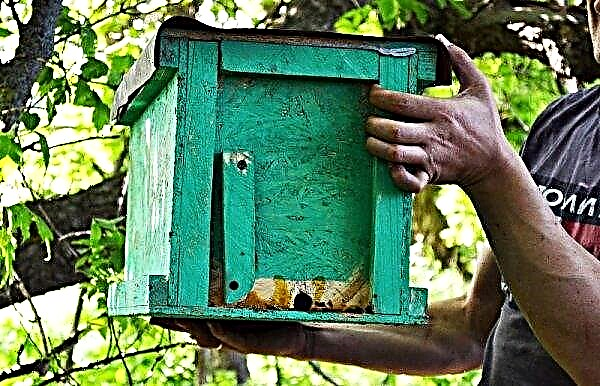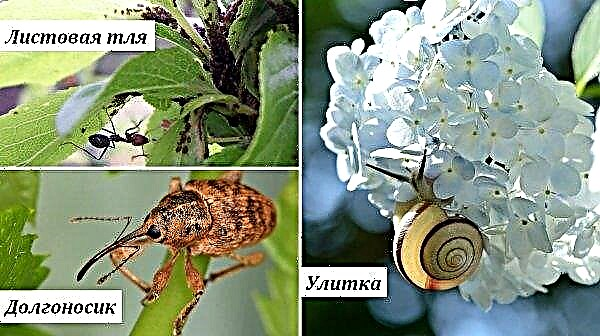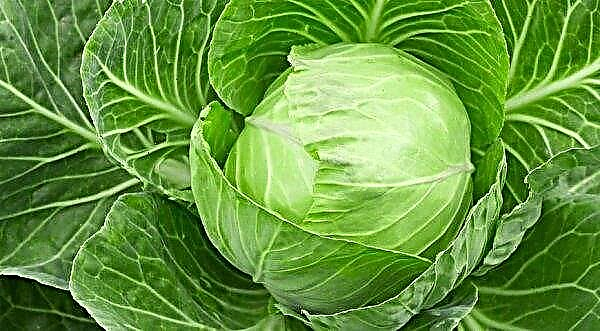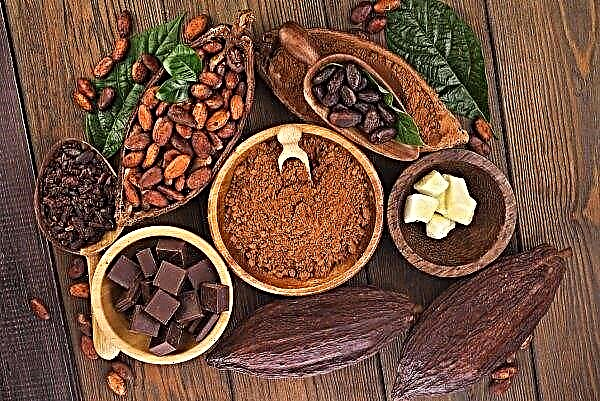Among vegetable growers, Nevsky potatoes are popular, and many gardeners tend to plant this vegetable on their site. Before planting potatoes of this variety, it is necessary to familiarize yourself with its characteristics and growing characteristics. More on this later in the article.
Grade characteristics
Bushes of Nevsky potatoes grow small. The color of the tops is dark green, the stems are large and straightened, the rhizome is fibrous, strong. When flowering, white buds open.
The tubers are oval. The surface of the fruit is even, the color of the peel is light sand, the cream flesh. The weight of one potato ranges from 90 to 130 g.
Did you know? The homeland of potatoes is South America. On this continent, the vegetable is still growing in vivo.
This variety was developed by specialists of the Vsevolzhskaya selection station in 1976. To obtain it, the originators crossed varieties Veselovskaya and Candidate. Later, in 1982, according to the results of the state variety test, this variety was zoned and entered in the State Register.
Advantages and disadvantages
- The advantages of the variety include the following characteristics:
- drought tolerance;
- good taste;
- high level of keeping quality;
- diet due to low starch content;
- resistance to rhizoctoniosis, average resistance to common scab and late blight.
- However, Nevsky potato has several disadvantages:
- instability to pests, in particular, to a nematode;
- exactingness to heat and lighting.
Taste qualities
Consumers note the good taste characteristics of this variety. Among the notable features of these tubers are the lack of water content and low starch content (10-15%). The use of the product is universal, including dietetic nutrition.
Ripening period and productivity
Variety Nevsky is classified as mid-early variety. Harvest time is 75–90 days from the appearance of sprouts. The yield of one bush is 1.3–1.7 kg. From 1 ha, farmers remove 380-500 centners of tubers.
Features of planting potatoes
Successful growth of potatoes directly depends on compliance with the rules of planting. For this variety, timing, competent crop rotation, soil selection, seed preparation and direct planting are also important.
When is the best time to plant a variety?
The optimal landing dates in the middle lane are from the last ten days of April to the beginning of May. During this period, the soil warms up to the required level (not lower than + 8 ° С).
Crop rotation rules
For high yields, it is recommended to change the planting location every 3 years.
It is undesirable to plant Nevsky potatoes at the place of growth of the Paslyonov family vegetables:
- eggplant;
- Tomatoes
- pepper;
- other varieties of potatoes.
The best way to grow will be planting after such crops:
- cucumbers
- oats;
- cabbage.

Soil requirements
For planting this variety, it is better to choose sandstone and loam. Nearby groundwater should also be avoided. It is also advisable to plant potatoes on a small hill.
Did you know? In Belgium, in the city of Bruges, there is a museum of french fries. Visitors can familiarize themselves with the history of both the vegetable itself and directly fried crispy potatoes.
Preparing planting material
Suitable tubers for planting have the following characteristics:
- the average size;
- no damage;
- lack of rot and raids.
Pre-planting Preparation of tubers is most often carried out by the method of germination: potatoes should be placed under a source of artificial lighting or left in natural light at a temperature of + 15 ° C for 1 week. A variation on this method is wet germination.
To do this, in the containers, alternate layers of potatoes and wet sawdust, and put the containers themselves for 14 days in a cool place.
Other methods are also allowed:
- warming up (put the containers with planting stock for 2 months in a room with a temperature of + 20 ° C, and then transfer to colder conditions (about + 10 ° C));
- withering (put the fruits in one layer and keep at a temperature of + 16 ° C until germination);
- make-up (4 g of potassium salt and 4 g of superphosphate diluted in 1 liter of water and pour 5 kg of planting material with this solution).

Landing and hilling
In the fall, after harvesting, arable land must be dug up, introducing 400 ml of lime per 1 m² of soil.
In the spring, before planting, it is recommended to fertilize these components (per each m²):
- ash (200 ml);
- superphosphate (1 tbsp. l.);
- potassium sulfate (1 tsp).
It is also worth making 1 bucket of humus or peat on 1 m² of soil with a high clay content. Peat or clay soil should be added to the sandy soil in the same proportions.
Landing is carried out according to this scheme:
- Select rows at a distance of 0.5 m from each other.
- Dig holes in each row, retreating 0.2 m.
- In each hole, place planting potatoes sprouts up to a depth of 5 cm from ground level.
- Bury the pits.
Important! When planting potatoes, the soil should not be cold (that is, below + 8 ° C). Variety Nevsky is demanding on heat.
When the seedlings grow to 10-15 cm, it is necessary to carry out the earthing up, and after 3 weeks the procedure must be repeated.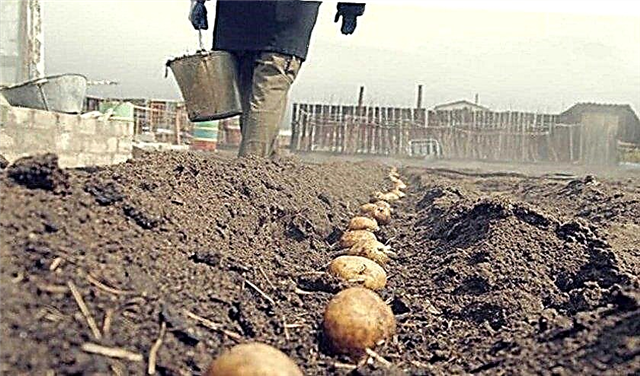 Hilling consists in the formation of an earthen hill around the bush. This part of the care for planted potatoes avoids the development of infectious diseases and contributes to the formation of new lateral roots.
Hilling consists in the formation of an earthen hill around the bush. This part of the care for planted potatoes avoids the development of infectious diseases and contributes to the formation of new lateral roots.
Growing and caring for potatoes after planting
High yields are not possible without regular weeding. Weeds should be removed as they appear. Also, soil care includes loosening, in which the soil needs to be fluffed 1-2 cm after rain to prevent the appearance of a dense earthen crust.
Additional moistening of the soil with moderate precipitation is not required - Nevsky potato tolerates a long absence of moisture. You can not worry about watering in case of planting in loams, since this type of soil retains moisture well.
If this variety is grown in hot climates or does not rain for a long time, it is worth moistening the bushes. It is also necessary to water potatoes growing in soil with a high sand content.
Moisten the soil follows from a watering can. The best time for watering is evening. Under 1 bush you need to pour at least 3 liters of water.
Fertilizing the soil should be carried out three times during the growing season:
- Before flowering during active growth: 1 tsp. urea must be diluted in 5 liters of water. Distribute this amount into 10 bushes, applying the product to the soil.
- When forming buds: add 5 tbsp. To 5 l of water. superphosphate and 100 ml of ash. Under each bush, add 500 ml of solution.
- During flowering: 0.5 tbsp. superphosphate diluted in 5 liters of water. Distribute this amount in equal doses to 10 bushes, add the product to the ground.

Diseases and pests of the variety
As already mentioned, the Nevsky potato variety is resistant to rhizoctoniosis, has medium resistance to common scab and late blight.
Root rot is considered a dangerous disease. This disease cannot be cured. Prevention against basal rot is timely hilling, cultivation and weeding.
Blight, although not so terrible for Nevsky, is also found on farmers' ridges. To treat plants, it is recommended to use the drug "Oksikhom" before flowering. After flowering, the Bravo remedy is suitable.
Pests pose a great danger to the crop. In order to prevent their occurrence, bushes and soil should be regularly inspected for insects or larvae. Prevention is also soil care (weed removal, loosening). The treatment of the main pests of the variety is as follows.
- Wireworms. To get rid of the worms when planting in the hole, add a handful of mustard powder or 500 ml of a weak solution of potassium permanganate (1 hour per 10 liters). If the pest has already been detected, put perforated pieces of potatoes, carrots or beets on the ridges. After the wireworms crawl into the bait, they must be burned.
- Bears. The use of an insecticide, for example, Medvetox, is recommended.
- Colorado beetles. Insects are traditionally harvested manually as they appear. To save time, some gardeners use insecticide spraying, for example, "Confidor".
- Nematodes. Affected bushes are recommended to be removed and burned, since they are practically not treatable.
- Field mice. Rodents can be eliminated with the help of rodenticides in the form of grain mixtures, for example, the drug "Death to rodents." This method, however, is toxic not only to mice, but also to humans. A more humane method is the destruction of voles when loosening the soil.
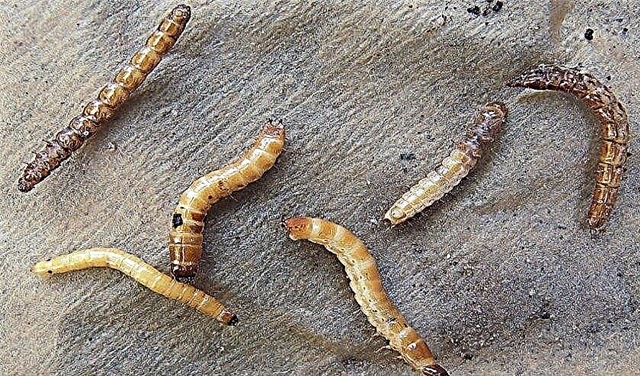

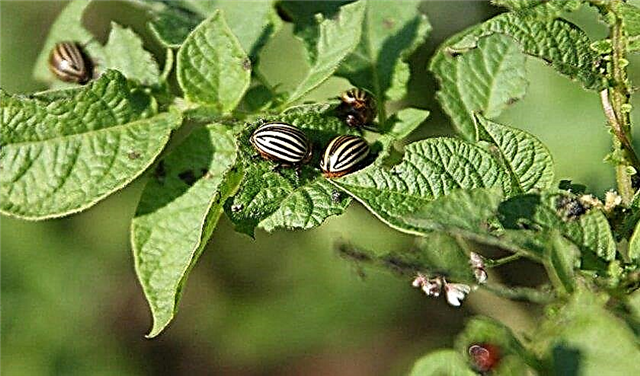


Important! All drugs to combat diseases and pests of potatoes must be used with rubber gloves and eye protection glasses.
Harvest dates and basic rules for storing the crop
The period when you can dig up the tubers begins with the last of July. At this time, growers receive a crop of young potatoes. The final ripening of potatoes occurs in mid-August. You can determine the need for harvesting by withering the ground part.
Immediately after digging the fruits, you need to dry and sort out, sorting them by size. Damaged or rotten potatoes are not suitable for storage. Suitable tubers should be put in boxes and placed in a dark place with a temperature within +8 ... + 10 ° С.
So, Nevsky potatoes have many positive characteristics. And with proper care of potato bushes, the gardener will definitely receive a rich harvest.

